Even though I voted for Mussolini, I’m not opposed to him becoming Consul.
Would his ego permit him to accept a lower position, though?
Even though I voted for Mussolini, I’m not opposed to him becoming Consul.
Hmmmm, I don't know.Would his ego permit him to accept a lower position, though?
He could think to himself that 'Caesar was a consul'.Would his ego permit him to accept a lower position, though?
Yes.He could think to himself that 'Caesar was a consul'.



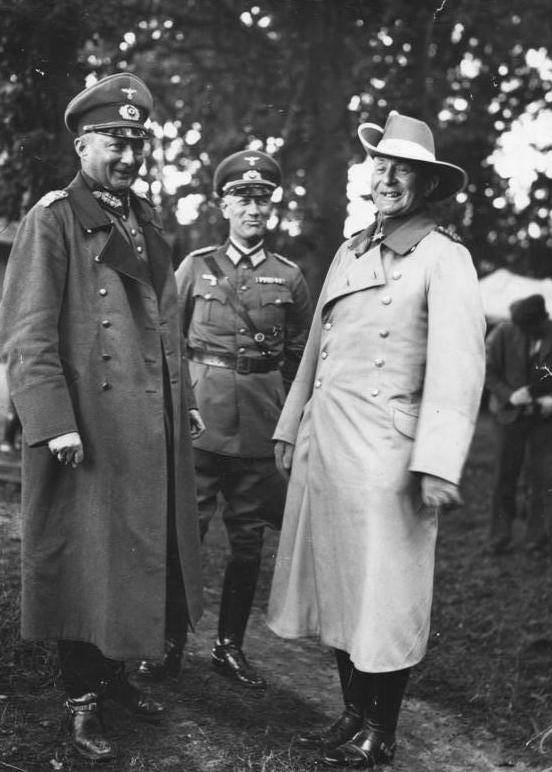










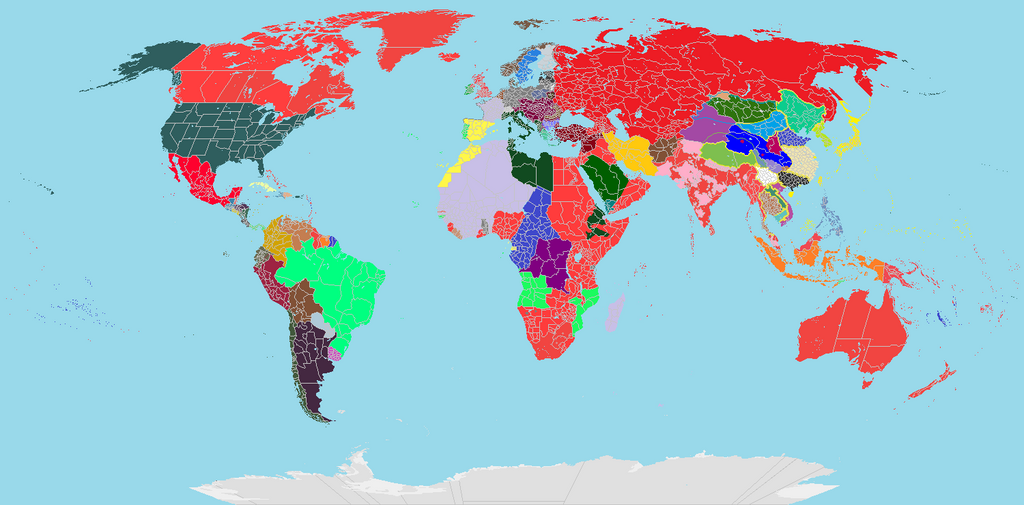
Rebells against the United Front and Chiang:1)What are these two Chinese states south of Kuomintang China not part of the Sphere?
That depents, some fight for Chiang but hate Mao, the Communists and their ideas when they are in charge. The Kuomintang party and Chiang and the Kuomintang Party an Wang both considered all Chinese minority peoples, including the Hui, to be descendants of the Yellow Emperor, the mythical founder of the Chinese nation, and thus members of the Chinese Nation; Zhonghua Minzu. They introduced this into the Kuomintang's ideology, which was propagated by the educational system of the Republic of China. However under the Sphere Kuomindang and Wang's government they are encouraged to celebrate their differences even more to officially "be themselves" as their own group in "one nation" (but secetly to divide the minorities from the Han Chinese). Same goes for Yankoku, Tikoku, Yikoku, Manchukuo and Chosen. In Tibet however they are encouraged to practise the state religion and customs and in Mengjiang they are hunted and killed (just like any non-mongol minortiy/religion under the new Khan who believes Mongols like Turks that convered to other religions are traitors to their ancestors).2)What's the opinion of the Hui populace about the CUF? And about the Sphere and the Japanese?
That's why the Hokushin-ron and Nanshin-ro are so hotly debatet between Army and Navy, wile many ressources in Siberia are partly unknown the SPhere membrs of Manchukuo and Mengjiang wishe to expand into the region (Mongolia, Transamur) so does Japan itself (Karafuto, securing the home islnds from the range of Soviet bombers and such), but while in Japans and most of the worlds opinion the Red Army still look weak, same goes for the southern Allis (Dutsch, Britisch...) where immense ressources wait (some needed to continue and finish the war in China thanks to the US Embargo) and where Allied Forces are spread very thinly while the own Sphere foces can be massed for attacking the region. The Problem here; Japan believes that the USA guarantees this holding and a attack there will ultimatlybring them into the war. Beause of that a preemptive strike is in planning and a occupation of the Phillippines.3)It's Southern Expansion really more senseful than Northern Expansion? Hokushin-ron focuses on one common enemy from Europe to the Sphere that is unlikely to be helped by the allies. Nanshin-ron, on the other hand, attack Allies and Americans, that are a force that is really more difficult to beat than USSR, and it's going to make Barbarossa more likely to fail, leaving a potential enemy in the north.
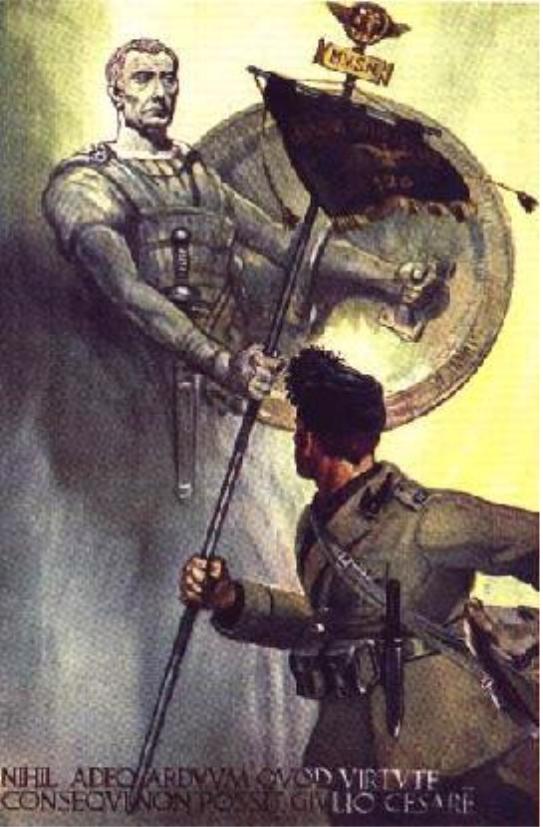
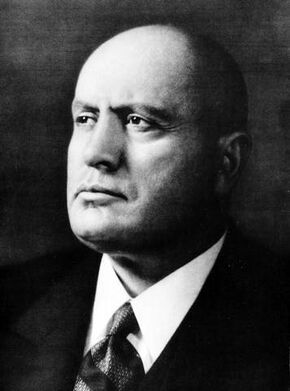
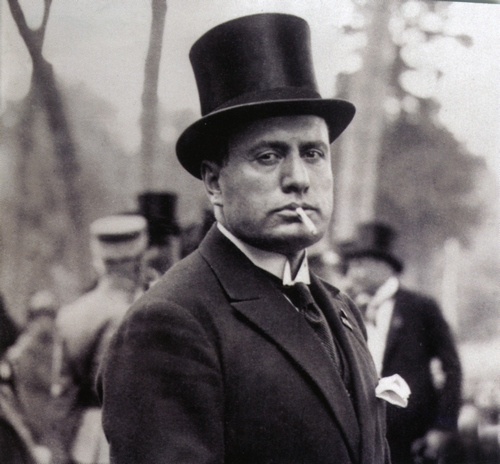
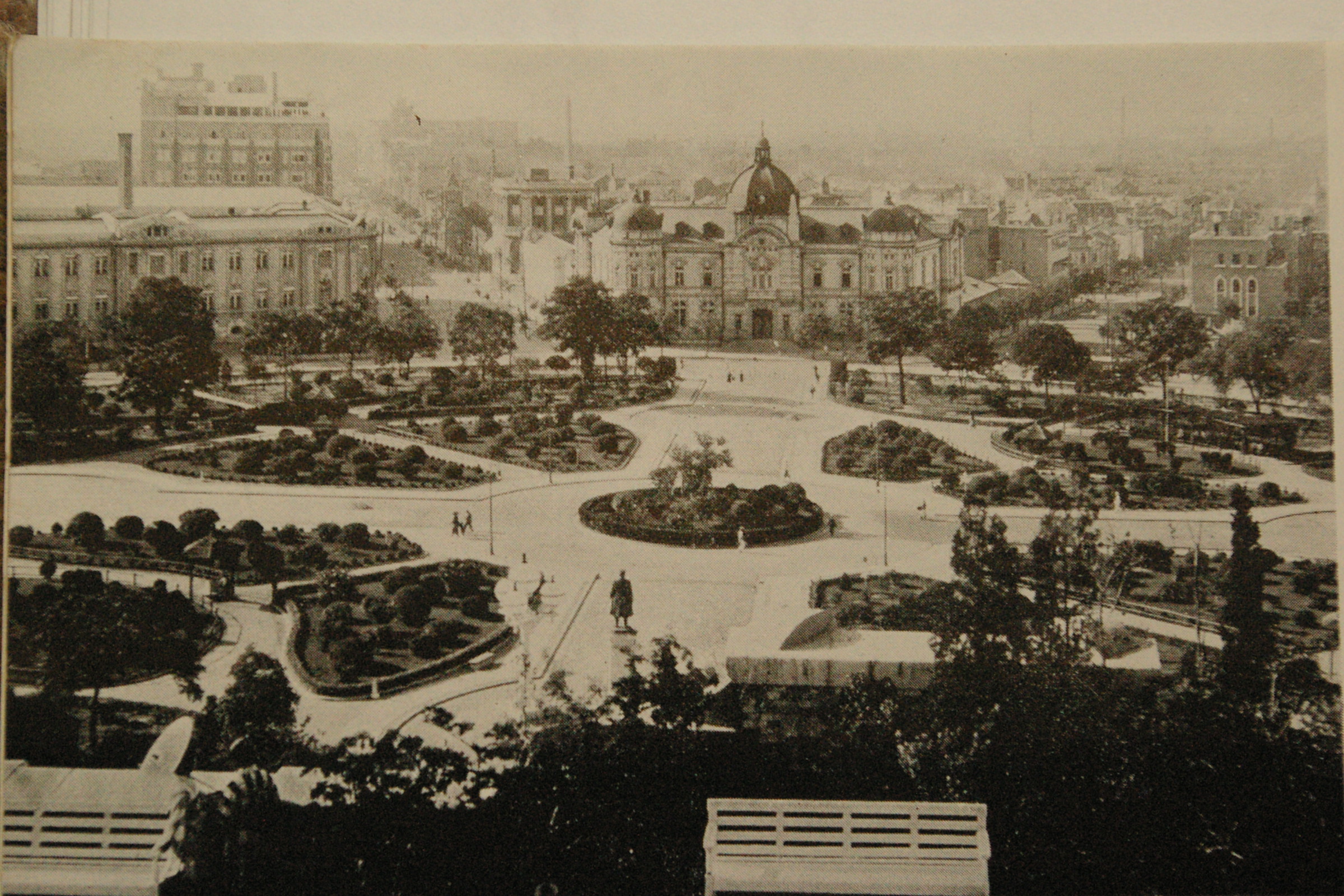



There's some hope to turn these cliques in Sphere states? Like killing the warlord and helping a philo-Japanese to become his successor.Rebells against the United Front and Chiang:
"But Chiang's pact with the communists was not favored by everyone in the United Front and soon the Xikang (also Sikang or Hsikang) Army at the western border towards Tibet, the Sichuan (formerly romanized Szechuan) Clique in the south at the border to Yikoku under Tian Songyao and the Hunan Clique in the east next to Wang Jingwei's held region of china all rebelled against the United Front and became fully independent warlords again (but still continued to fight against the Co-Prosperity Sphere)."
If IJA manages to occupy their homeland are they going to make resistance in the name of Chiang or they quietly accepting to became a Sphere state?That depents, some fight for Chiang but hate Mao, the Communists and their ideas when they are in charge. The Kuomintang party and Chiang and the Kuomintang Party an Wang both considered all Chinese minority peoples, including the Hui, to be descendants of the Yellow Emperor, the mythical founder of the Chinese nation, and thus members of the Chinese Nation; Zhonghua Minzu. They introduced this into the Kuomintang's ideology, which was propagated by the educational system of the Republic of China. However under the Sphere Kuomindang and Wang's government they are encouraged to celebrate their differences even more to officially "be themselves" as their own group in "on nation" (but secetly to divide the minorities rom the Han Chinese). Same goes for Yankoku, Tikoku, Yikoku, Manchukuo and Chosen. In Tibet however they are encouraged to practise the state religion and customs and in Mengjiang they are hunted and killed (just like any non-mongol minortiy/religion under the new Khan who believes Mongols like Turks that convered to other religions are traitors to their ancestors).
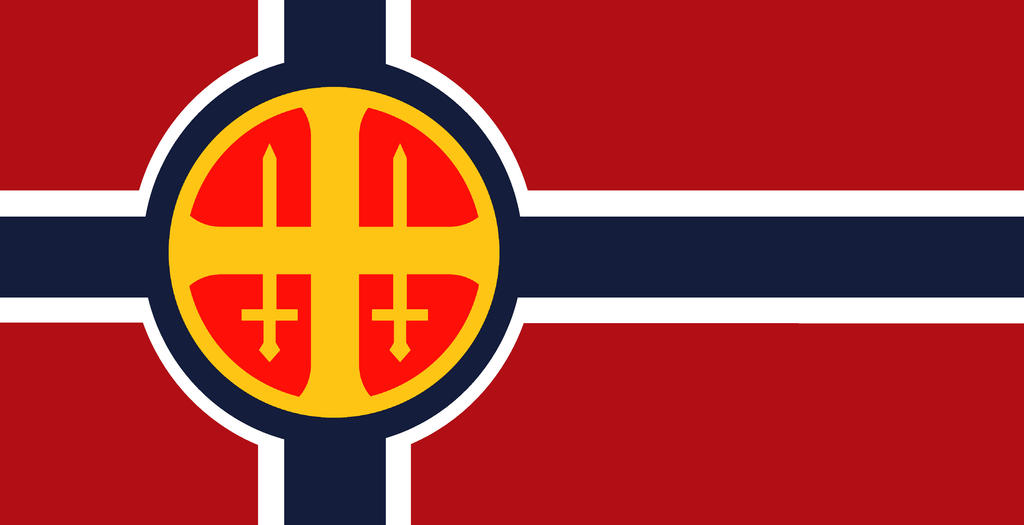
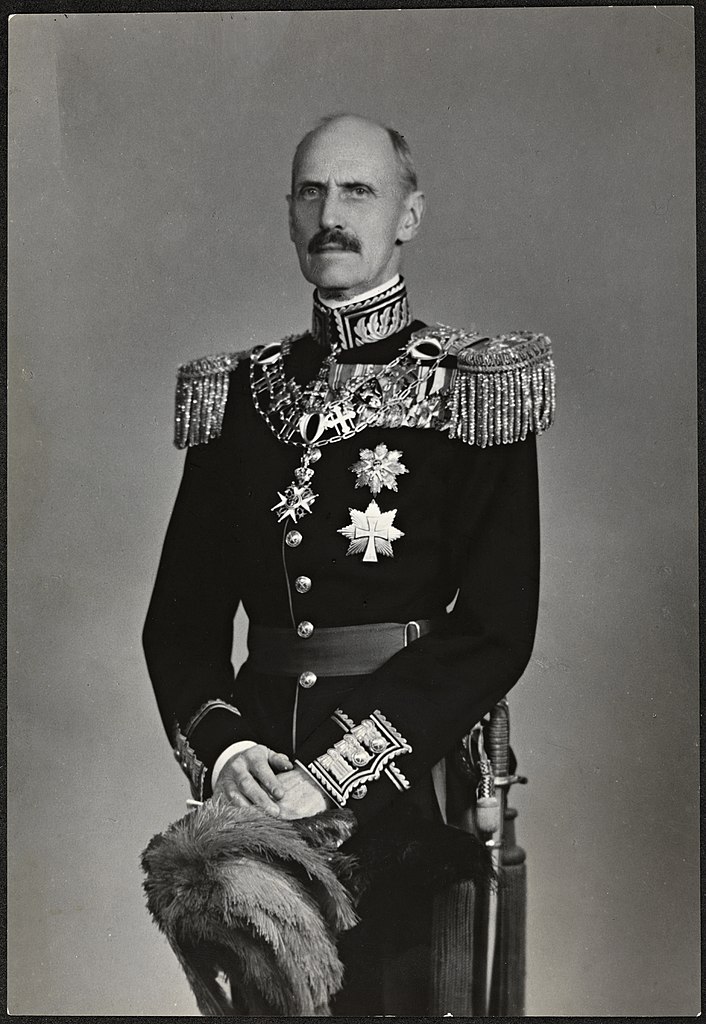




The possibility is there, but we will see if the Japanese manage to do so.There's some hope to turn these cliques in Sphere states? Like killing the warlord and helping a philo-Japanese to become his successor.
As long as Chiang is with the Communists in a United Front they will oppose him just like they will oppose the Japanese, but some might join Wang's Nanjing Government maybe.If IJA manages to occupy their homeland are they going to make resistance in the name of Chiang or they quietly accepting to became a Sphere state?
Why not a Hui Empire or Huikoku?As long as Chiang is with the Communists in a United Front they will oppose him just like they will oppose the Japanese, but some might join Wang's Nanjing Government maybe.